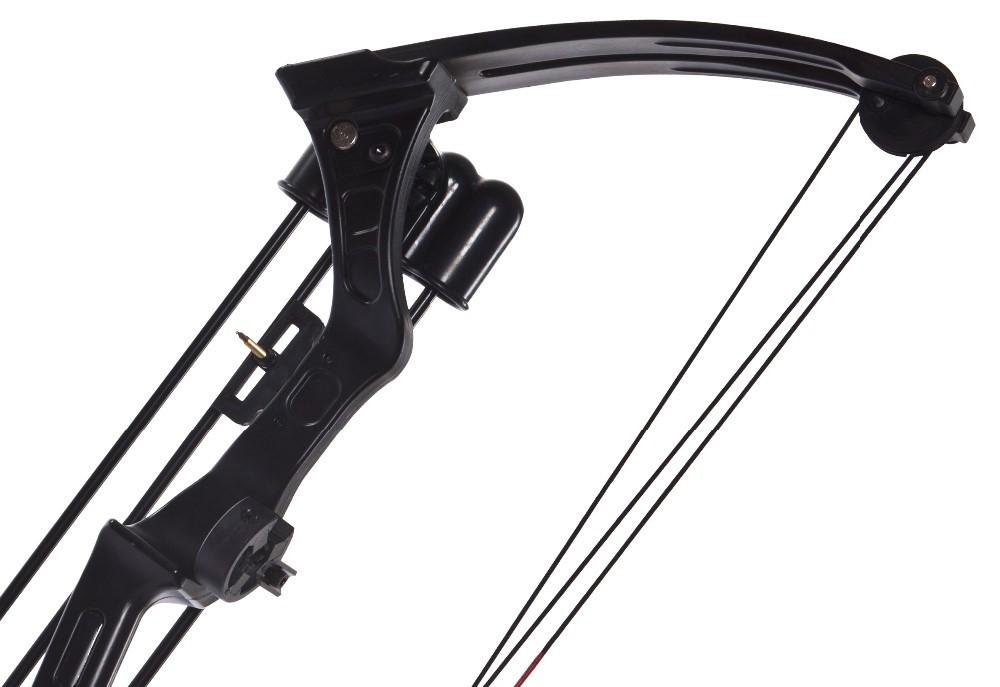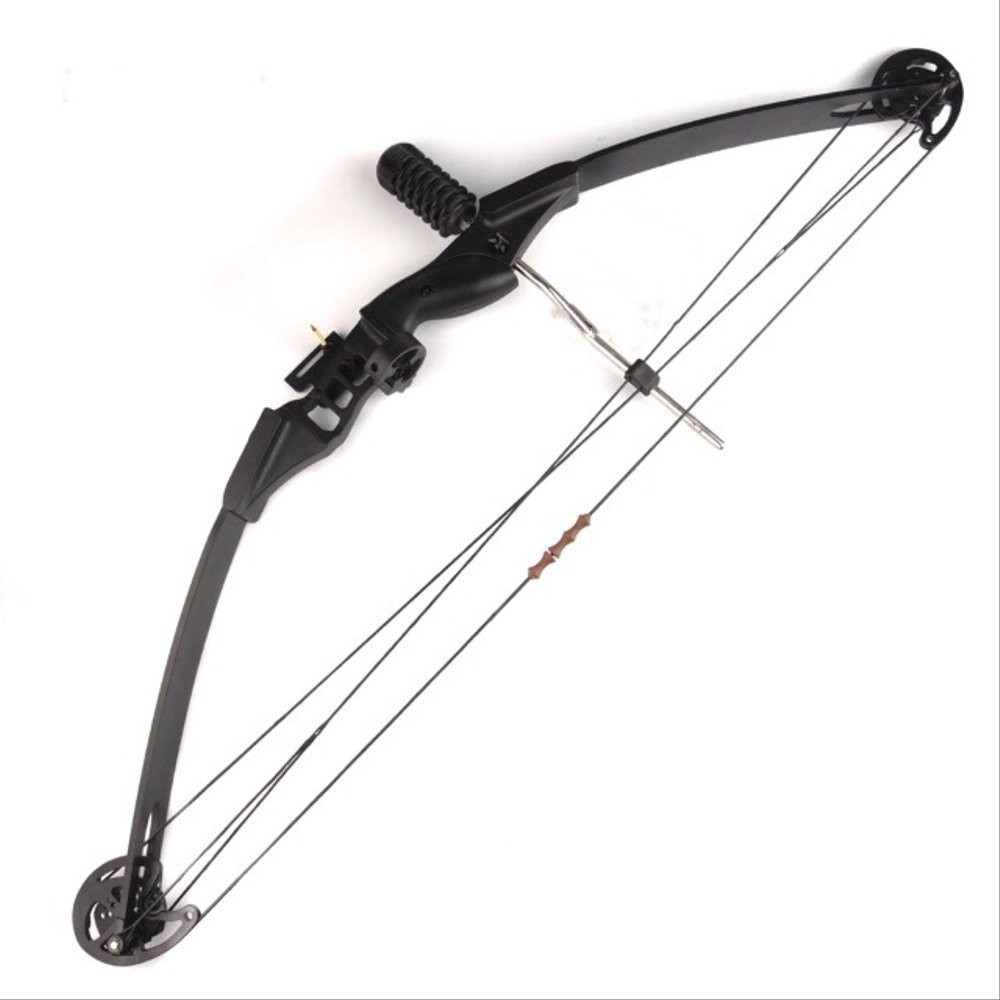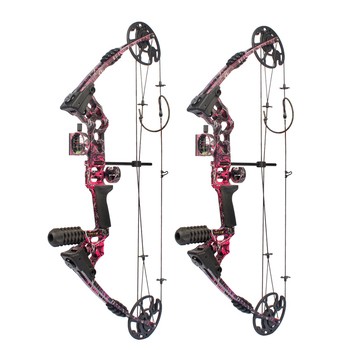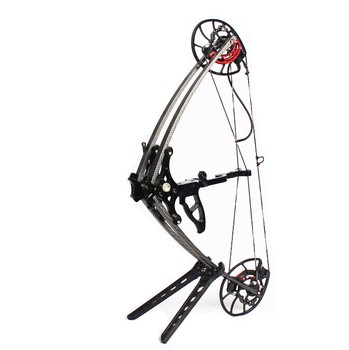When you're ready to enter the world of archery, you must understand that a compound bow is the best option for beginners. While there are other options such as recurve bows, crossbows and even a simple bow and arrow set. The truth is, compound bows are designed to be easier to use by beginners. Plus, it also makes it much more engaging for people who haven't picked up a weapon in years! If you want to know more, please click here.

Overview
The Junxing M108 compound bow is a great deal for the price. It's one of the most affordable crossbows on the market, and yet it has many features that put it on par with more expensive models.
The M108 features an aluminum riser and limbs that are made from fiberglass. The draw weight is adjustable anywhere between 90 pounds to 135 pounds, which makes it suitable for both adults and children alike. The bow comes in at just under 4 pounds when unloaded, so it's easy to carry around.
This crossbow is capable of shooting up to 330 feet per second (fps) with a 300 grain arrow and up to 250 fps with a 350 grain arrow. It comes equipped with a rope cocking device which makes it easier for you to draw back the string without straining yourself too much.
Features:
- Riser made of aluminum alloy for durability and lightweight feel;
- Draw weight of 50 lbs.;
- Draw length of 28 inches up to 31 inches;
- Bow length of 32 inches from axle to axle;

Why the Junxing M108 Compound Bow is the Best
One of the best compound bows on the market is the Junxing M108. It's an excellent choice for any hunter who wants to make an accurate shot at a long distance, and it's also very easy to operate.
The first thing that makes this bow stand out from the rest is its accuracy. It has an adjustable draw length from 25 inches to 30 inches, so you can customize it for your comfort level. And because it has such a long range, you'll be able to take down your prey even if they're far away. The bow's speed is also impressive; it has a maximum velocity of 310 fps, which means that you'll be able to hunt any small game animal in your area.
Another feature that makes this bow stand out is its versatility. It comes with six different draw weights so that you can customize it based on what type of game you're hunting or what type of terrain you're hunting on (if there are hills or mountains where your prey could hide behind). You can also adjust the length of your arrows or bolts by using the included stabilizer, which will help stabilize your shots even further so that they're more accurate than ever before.
With all its features combined together, this compound bow is one of my favorites on
How to Get the Best Compound Bow
Whether you are looking to get your first compound bow or you want to upgrade, there are a few things that you need to consider when buying your new bow.
The first thing that you should consider is whether you want a compound bow or recurve or crossbow. All three have their own pros and cons, so it is up to you to decide which one fits your needs best. If you don’t know what type of bow you want yet, then this is a good place to start.
Once you have decided on the type of bow that will work for you, the next step is finding out which features and accessories matter most for your particular use. Do you need something that is lightweight? Do you want something with a lot of adjustability options? Or maybe something that can be used by both beginners and professionals alike? To learn more about Junxing M108 Compound Bow, you can click here.
Once again, it all depends on what exactly your needs are. Some people require the quickest method possible, while others do not mind waiting for the perfect, custom fit for their bow. Here is a quick and helpful guide on how you can get your best compound bow, without losing hundreds of dollars

How to Assemble a Compound Bow
Compound bows are an excellent choice for hunters. They're powerful, accurate and easy to use. But how do you build a compound bow from scratch? It's actually easier than you think.
The first step is to find the right material to make your bow out of. You can use a variety of woods or synthetic materials, but I recommend using cedar wood because it's durable, light weight and easy to work with. Cedar is also naturally resistant to termites which makes it perfect for outdoor use.
Next, you need to build your riser which is basically the body of your bow and where all the other pieces will attach on to. The riser consists of three main parts: top shelf (where your arrow rests), side shelves (which support the limbs) and bottom shelf (which holds everything together).
Limb Sleeves: The next part needed are limb sleeves which are basically string grooves that hold each limb in place while they're being strung up before firing shots off into the wild blue yonder! The limbs themselves are made out of fiberglass or carbon fiber which makes them super strong yet lightweight so they can withstand

How to Shoot a Compound Bow
For those of you who are newbies and are just starting out decide to buy your first compound bow, it is important that you know how to properly fit any brand of bow for the best accuracy. It can be a little confusing for some people on what to look for. This article will help you identify the parts needed, how to adjust them, and why they're important as well how to care for them when they get dirty or dusty.
The Parts of a Compound Bow
1. The Limbs: These are usually made from fiberglass or aluminum and are attached to the riser with screws. The limbs house the cams and provide support during arrow release. To learn more, click here!
2. The Riser: This is where your sight is mounted and where you’ll find the limb pockets where your limbs attach. The riser is typically made from aluminum or carbon fiber, but other materials may be used depending on what manufacturer makes your bow. The size of this part determines how much weight it will add up front, which has an impact on how much energy (pull) is required at full draw (how much strength it takes).
3. Cams: Most compound bows have at least two cams that rotate around an
Related Products
Copyright © 2017 - 2024ALIGNED TO PERFECTION WITH JUNXING ARCHERY All Rights Reserved